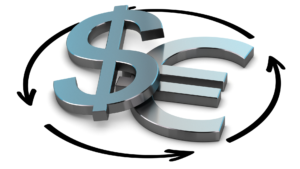Gold prices edged lower on Monday, slipping below the $2,900 mark as investors booked profits following the metal’s recent rally. After hitting record highs in response to global economic uncertainty and central bank policies, the pullback reflects a shift in sentiment as traders await fresh catalysts.
The decline comes as U.S. Treasury yields and the dollar showed signs of stability, reducing gold’s appeal as a safe-haven asset. A stronger dollar typically weighs on gold prices by making the metal more expensive for international buyers. Meanwhile, expectations of future Federal Reserve rate cuts remain a key driver for gold, with markets closely watching upcoming economic data for clues on monetary policy.
Despite the retreat, analysts believe the broader trend for gold remains bullish, with geopolitical tensions and inflation concerns continuing to support demand. Central banks around the world have been increasing their gold reserves, adding another layer of support to prices. However, some traders are exercising caution, noting that any delays in Fed rate cuts or stronger-than-expected economic data could trigger further corrections.
Short-term technical indicators suggest that gold may consolidate before making another move higher. Key support levels around $2,850 and $2,800 will be closely watched, while resistance remains near the $2,950 mark. A breakout above these levels could set the stage for another rally toward the psychological $3,000 threshold.
Looking ahead, investors will focus on U.S. inflation data and Fed speeches for hints about the central bank’s next steps. If policymakers signal a more cautious approach to rate cuts, gold could face additional downward pressure. On the other hand, any signs of economic weakness may reignite demand for the metal as a hedge against uncertainty.
For now, gold’s rally has paused as traders reassess their positions. While short-term volatility is likely, the long-term outlook remains tied to the Fed’s monetary path, global economic conditions, and geopolitical risks that continue to shape the market.













